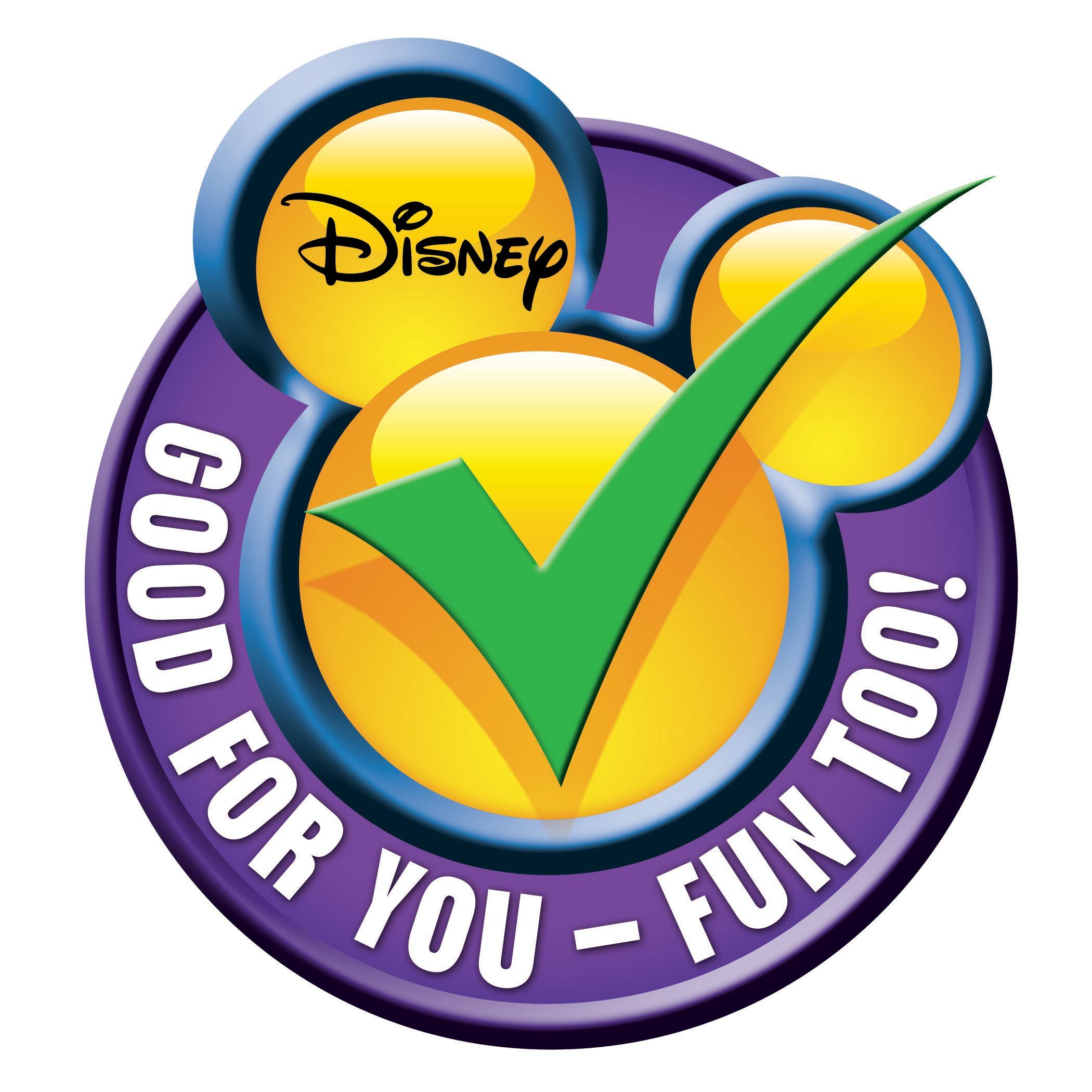Disney Sets New Standards for Food Ads Aimed at Kids
 Building on the nutrition guidelines it established in 2006, The Walt Disney Co. has became the first major media company to introduce new standards for food advertising on programming aimed at children and families. Under the new standards, all food and beverage products advertised, sponsored or promoted on Disney Channel, Disney XD, Disney Junior, Radio Disney and Disney-owned online destinations targeting families with younger children will be required by 2015 to meet the Burbank, Calif.-based company’s nutrition guidelines. In line with federal standards, Disney’s guidelines promote fruit and vegetable consumption, and recommend limiting calories and cutting saturated fat, sodium, and sugar levels.
Building on the nutrition guidelines it established in 2006, The Walt Disney Co. has became the first major media company to introduce new standards for food advertising on programming aimed at children and families. Under the new standards, all food and beverage products advertised, sponsored or promoted on Disney Channel, Disney XD, Disney Junior, Radio Disney and Disney-owned online destinations targeting families with younger children will be required by 2015 to meet the Burbank, Calif.-based company’s nutrition guidelines. In line with federal standards, Disney’s guidelines promote fruit and vegetable consumption, and recommend limiting calories and cutting saturated fat, sodium, and sugar levels.
“We’ve taken steps across our company to support better choices for families, and now we’re taking the next important step forward by setting new food advertising standards for kids,” said Disney chairman and CEO Robert A. Iger. “The emotional connection kids have to our characters and stories gives us a unique opportunity to continue to inspire and encourage them to lead healthier lives.”
“This new initiative is truly a game changer for the health of our children,” added First Lady Michelle Obama, whose “Let’s Move” initiative is working to combat childhood obesity. “This is a major American company -- a global brand -- that is literally changing the way it does business so that our kids can lead healthier lives. With this new initiative, Disney is doing what no major media company has ever done before in the U.S. - and what I hope every company will do going forward. When it comes to the ads they show and the food they sell, they are asking themselves one simple question: ‘Is this good for our kids?’”
As well as its new advertising standards, Disney has also rolled out the “Mickey Check” tool (above), an icon that will highlight the company’s nutritious food and menu items. By the end of this year, the symbol will appear on licensed food products available at retail, qualified recipes on Disney.com and Family.com, and menus and select products at Disney’s U.S. parks and resorts. Additionally, the company will further reduce sugar and sodium in all licensed foods.
Disney’s 2006 nutrition policy required promotions designed to appeal to children 12 years old and under -- most notably for films -- to meet specific guidelines. Since then, Disney kid-targeted film promotional campaigns feature only better-for-you food and beverage products.
“Making healthy eating and physical activity fun is central to creating healthier generations to come,” explained Dr. James O. Hill, who collaborated with Disney on its nutrition guidelines, and is executive director of the Anschutz Health & Wellness Center at the University of Colorado in Denver. “Disney is using ‘magic’ -- fun and creativity -- to encourage kids and families to make positive changes, and it is working.”
Since 2006, Glendale, Calif.-based Disney Consumer Products (DCP) has sold more than 2 billion servings of Disney licensed fruits and vegetables in North America, the company’s "Magic of Healthy Living" initiative offers online resources for families, live events and informative short-form programming, and its on-air spots, which reach almost 100 million U.S. households on Disney Channel, Disney XD and Disney Junior, encourage kids and families to live healthier lifestyles through improved eating habits and fun activities.
The move was cheered by Newark, Del.-based nonprofit Produce for Better Health Foundation (PBH), whose president and CEO, Elizabeth Pivonka, was among several invited guests of Disney at a special event in Washington this week.
Noted Pivonka of the foundation’s longtime partner, “Their new standards are another way the Walt Disney Co. is demonstrating their commitment to better health and the increased consumption of fruits and vegetables. The new standards are a perfect complement and support mechanism to the recommendation to make half the plate fruits and vegetables, whether fresh, frozen, canned, dried or 100 percent fruit or vegetable juice.”
According to the Washington, D.C.-based Center for Science in the Public Interest, 16 food and beverage companies have agreed to limit the advertising of certain foods to kids under the Children's Food and Beverage Advertising Initiative.

